Buckwheat Vegan Pancakes
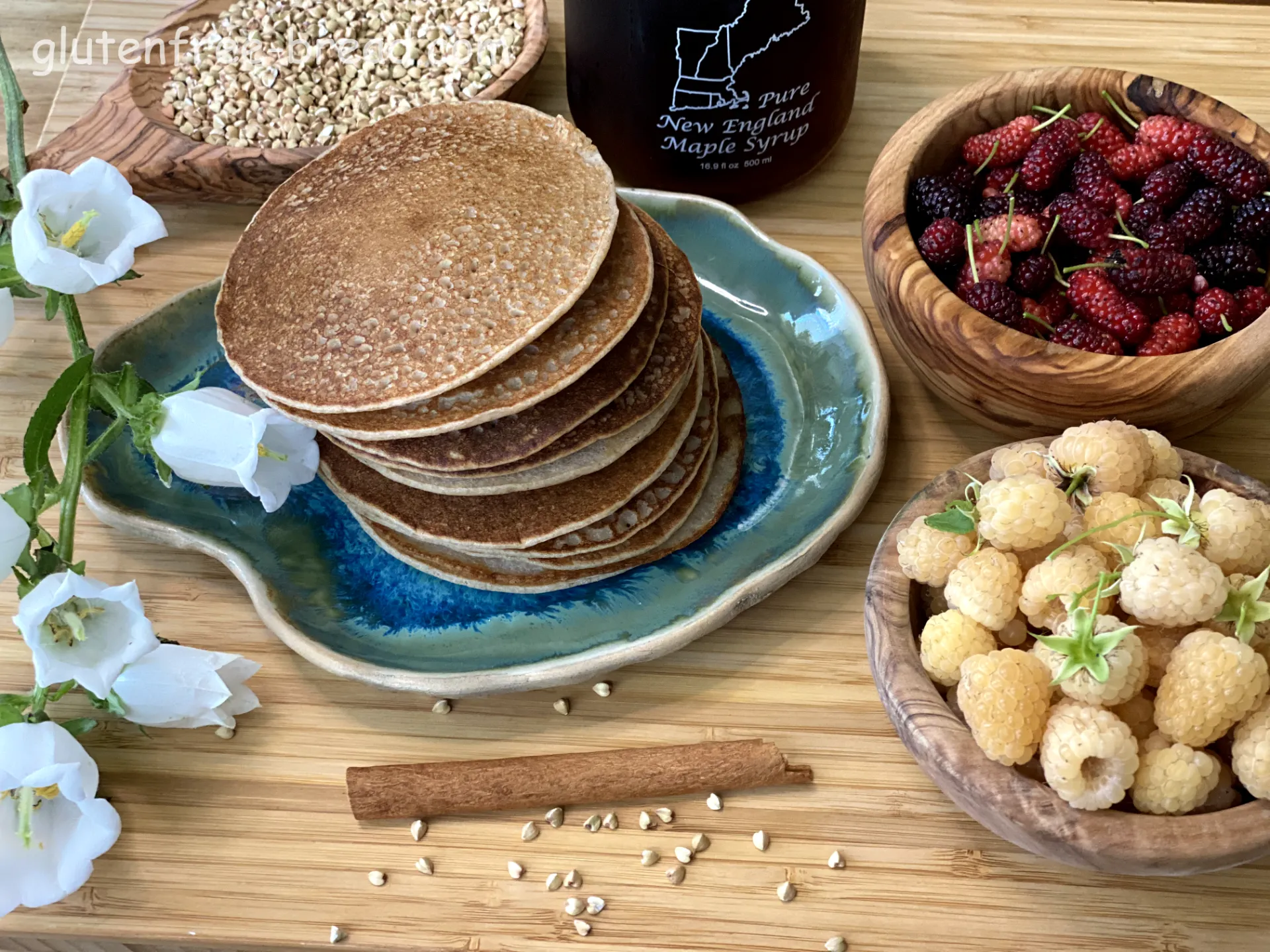
Ingredients:
| Name | Metric | US | TIP | |
|---|---|---|---|---|
| Hulled Buckwheat Groats, soaked overnight | 180 gr | 1 cup | ||
| Banana | 1 | 1 | ||
| Plant-Based Milk | 120 ml | 1/2 cup | ||
| Baking Powder | 3 gr | 1/2 teaspoon | ||
| Salt | 3 gr | 1/2 teaspoon |
Optional Ingredients :
| 6 gr / 1 tsp Cinnamon |
Equipment:
| Blender |
Steps:
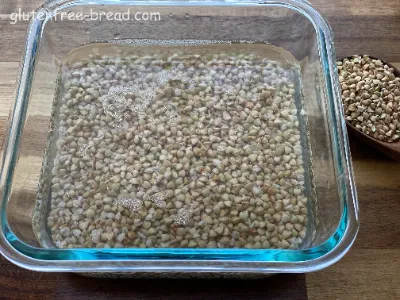
Step 1
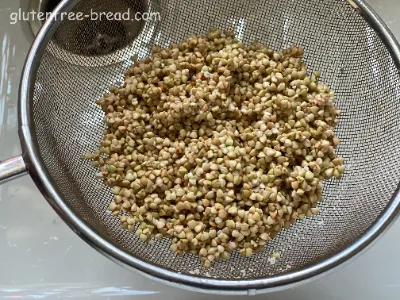
Step 2
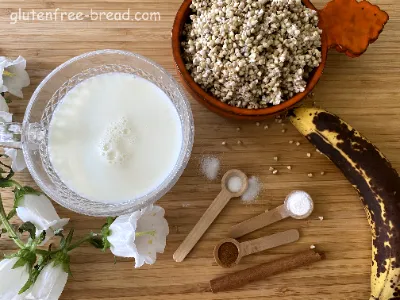
Step 3
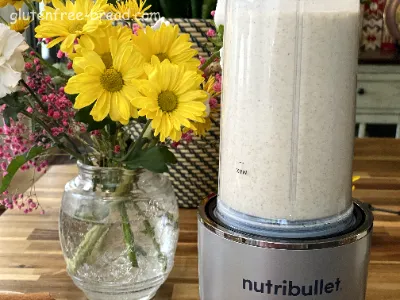
Step 4
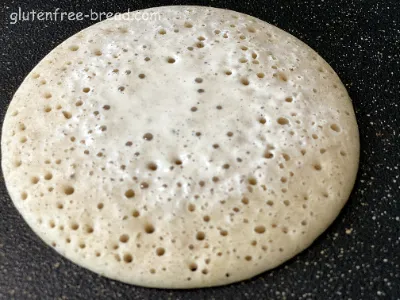
Step 5
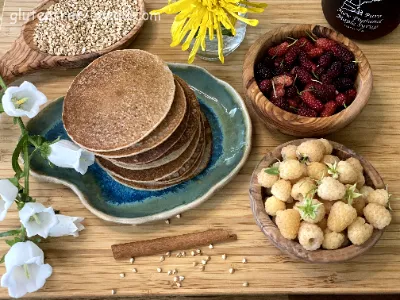
Step 6
Notes:
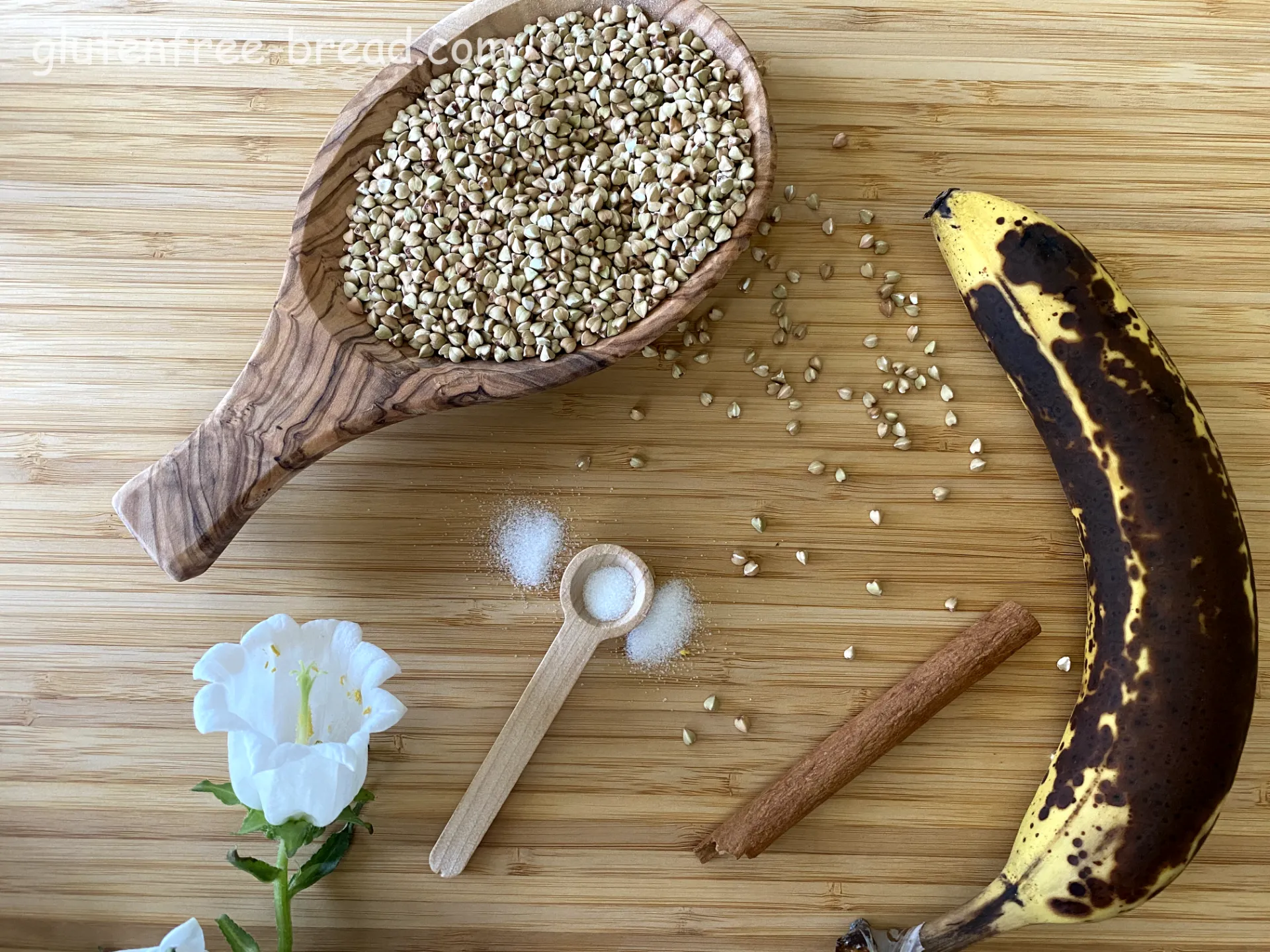
Buckwheat Vegan Pancakes
If the pancake batter is too thick, you can add more water or non-dairy milk to adjust the consistency. Here's how you can do it:
Assessing Thickness: After blending the batter, check its consistency. It should be thick but still pourable. If the batter is too thick and doesn't easily spread on the skillet, it needs more liquid.
Adding Liquid: Gradually add small amounts of water or non-dairy milk (such as almond milk or coconut milk) to the batter. Start with a tablespoon at a time and blend briefly to incorporate. Repeat until the batter reaches the desired consistency.
Mixing Well: Blend or mix the batter again briefly after adding more liquid to ensure it's well combined and smooth.
Testing: After adjusting the consistency, test a small amount of batter on the skillet. It should spread easily and form a round shape without being too runny.
Cooking: Continue cooking the pancakes as per the recipe instructions, adjusting the heat as needed and lightly greasing the skillet between batches.
By adding more water or non-dairy milk, you can achieve a smoother and pourable batter, resulting in pancakes that cook evenly and have a nice texture. Adjust the amount of liquid based on the thickness of your batter until you reach the desired consistency.
Always test the batter consistency as you prepare it. Different factors, including the moisture content of your buckwheat groats after soaking, can slightly affect how much liquid you need to add to achieve the perfect pancake batter consistency. Adjust the liquid based on the thickness of the batter after blending to ensure your pancakes turn out as desired.Buckwheat Vegan Pancakes additional information:
Soaking buckwheat overnight benefits:
Improved Digestibility: Buckwheat contains phytic acid and enzyme inhibitors, which can make it difficult for some people to digest. Soaking the buckwheat overnight helps break down these compounds, making the nutrients in buckwheat more bioavailable and easier to digest.
Reduced Cooking Time: Soaking buckwheat grains softens them, reducing the cooking time required to prepare them. This can be particularly helpful in recipes where you want a softer texture or when using buckwheat in baked goods like pancakes or muffins.
Enhanced Nutrient Absorption: Soaking activates enzymes that increase the availability of certain nutrients, such as B vitamins and minerals like magnesium and zinc. This can lead to better absorption of these nutrients when you consume soaked buckwheat.
Improved Texture: Soaked buckwheat tends to have a softer, creamier texture compared to unsoaked buckwheat. This can be desirable in recipes like porridge or salads where you want a smoother texture.
Neutralizing Antinutrients: Soaking helps neutralize antinutrients like phytic acid, which can bind to minerals and inhibit their absorption in the body. By soaking buckwheat, you can reduce the antinutrient content and improve the overall nutritional quality of the grains.
Overall, soaking buckwheat overnight can enhance its nutritional value, improve its digestibility, and lead to better texture and flavor in recipes. While not always necessary, soaking can be beneficial, especially if you have digestive issues or if you're looking to maximize the nutrient content of your meals.







